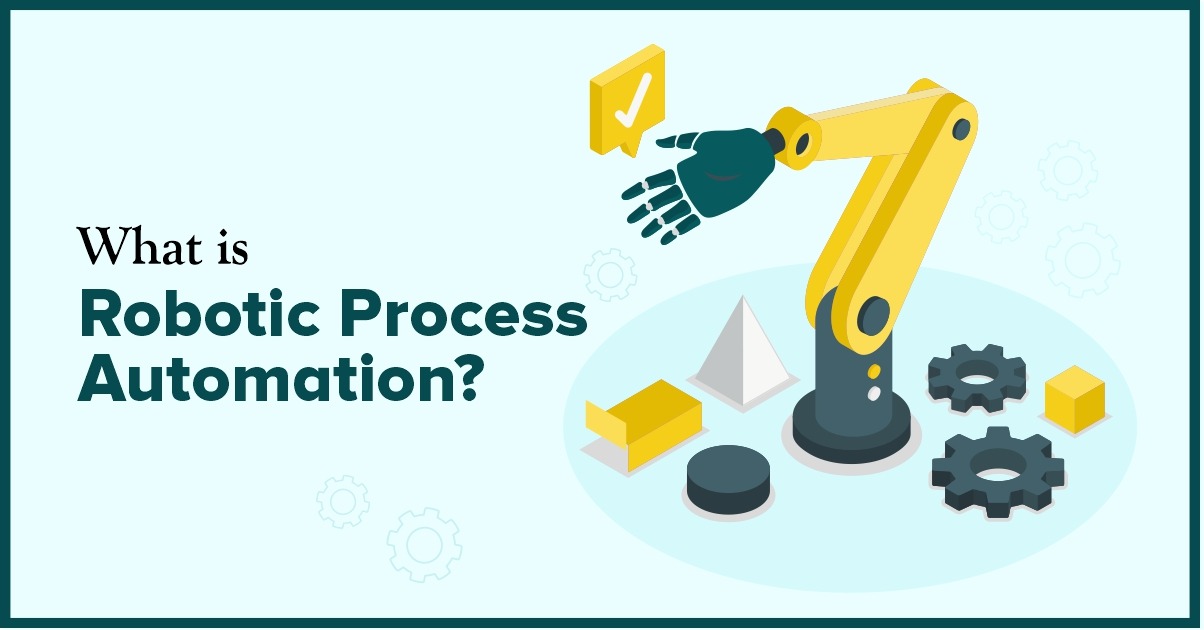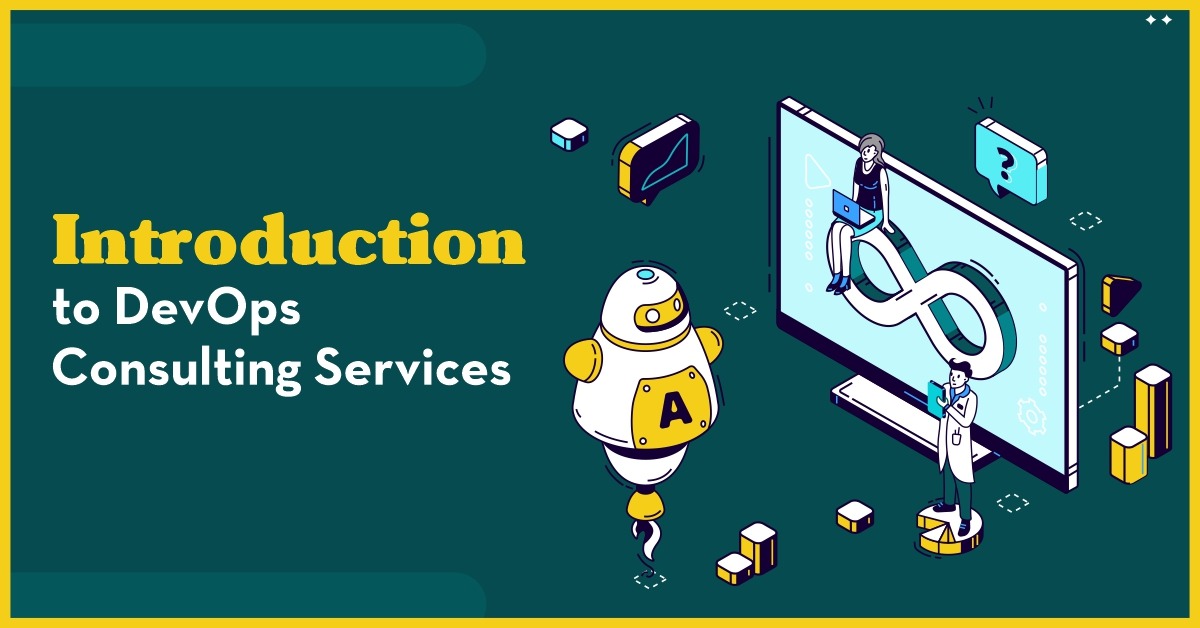Benefits Of Integrating Data Science/Data Analytics Into Education Industry
Every industry is moving towards the use of big data to optimize its operations and move further in the competitive market. Data science/ Data analytics plays a key role in harnessing the gathered data and converting it into meaningful information to drive strategic decisions. It cuts across every age group and enables teachers to monitor the performance of students and get real-time information about the student’s progress that helps in improving the overall result. Data Science has the capacity to produce tailored education by analyzing an individual’s demands and developing an appropriate tuition structure. It is designed as per each student’s capabilities and requirements which enhances the learning process in a huge way. In addition to this, data science can detect students’ pain points and identify the root cause of poor performance in a particular area in a very short span of time. The actual performance can easily be measured as per the set standards by the management team of educational institutions with the use of data science and data analytics and can also monitor the activities of students and teachers. Thus, it becomes easy for the management team to analyze defects in the operations and rectify them in order to simplify the teaching and learning process. These technologies have made it possible for the management teams to measure their performance by comparing it from schools nationwide and worldwide. It shows an overall view of the institution’s activities and progress which is used to bring innovations and explore new ways of improving. The education institutions can easily get real time information about staff, students, and other important aspects with the use of data analytics, which can be used to identify reasons for student dropout and rectify the defects to improve student retention and revenues of the institution. It also helps the management to allocate resources in a better way by analyzing facilities that are highly used and those that are redundant. This, in turn, enables them to eliminate financial loopholes, thereby increasing the financial performance of schools and colleges. Data science has helped schools and colleges to enroll the right kind of students by analyzing massive amounts of data and identifying prospective students that help them to improve their marketing content and develop their promotional campaigns to target these students. Data science has majorly contributed to improving campus safety by integrating an analytics-enabled security system that has the ability to define search terms and pull data that match those search terms that help them to set up alerts for high-risk situations. These technologies have helped institutions to keep the students engaged by tracking indicators of engagement that help schools to deliver a better experience to their students and reach out to those who have not been engaging. It has helped students to be competitive and have enabled teachers to enhance their teaching activities. The institutes can optimize their spending by calculating their return on previous investments with the use of data science/ data analytics which helps them to generate a multitude of data points by combining data from multiple schools. These technologies have the ability to craft a better curriculum for students by integrating computerized software programs that work by collecting data on students’ progress and getting real-time feedback from students. This helps institutions to build a better curriculum with digital resources to boost students’ understanding by ensuring that they learn and progress by providing timely feedback. These technologies give educational institutions deep insights about a student’s performance that help to track their participation in group assignments and their interactions within a group that enables teachers to take appropriate action as and when needed. These technologies have the ability to tailor learning materials as per each student and bring everyone on the same page. Data science and analytics have helped schools to become more organized with the use of various analytical models for each concept that enables them to optimize tasks such as logistics, human resources, and other important operations. Data science makes it easier for administrators to assess teachers by determining methods that are most effective for enhancing the teaching experience. It can also highlight the strengths and weaknesses of teachers during performance evaluation and suggest ways to improve. These technologies have helped teachers, students, professors, assistants, etc. working on different projects to be on the same platform in order to develop a coherent and powerfully driven ecosystem, which, in turn, has enabled the real-time exchange of skills and knowledge in an efficient manner. Data science supervise educational and behavioral pattern that can be used by teachers to determine the working process of each student and suggest improvements accordingly. The data can be analyzed and used to pinpoint the best educational practices and adopt those practices to carry out the activities in the future to attain maximum academic success. The use of data science and data analytics technologies have increased over the past years for the benefits that they provide to diverse industries. The education sector stores an enormous amount of data and these technologies have the potential to enhance students’ learning by analyzing the data and delivering accurate results. 









